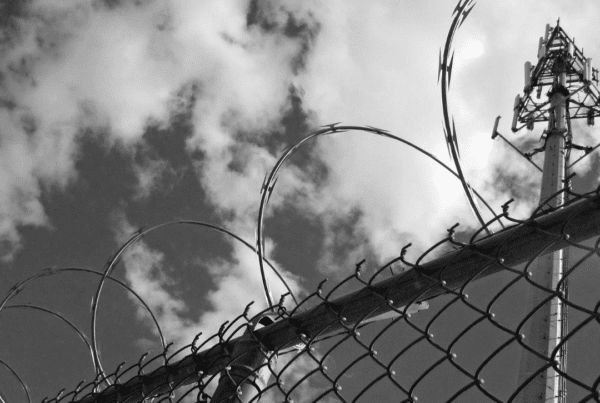One of the common confusions for those seeking to immigrate to the United States (or bring a family member) is the one that relates to the connection between approved petitions and available visas. They are not the same thing. Often times the immigrant or the petitioner of the immigrant has an approved petition (Form I-130) in her hands and believes that that alone entitles them to enter the United States legally.
The fact is that an approved petition is only the first part of the process. To understand this we need know the following first:
- Not all petitions are the same. The petition from a son to his father is different from the petition to a brother to his sister.
- The number of available visas is limited unless is an “immediate relative” category: wife to husband; 21 or older child to parent; parent to 21 or younger unmarried child.
If your family member does not fit into the immediate relative category then all the approved petition does (form I-130) is to establish that there is a legitimate family relationship entitling your family member to a visa, when available. The I-130 is processed by USCIS[1]. After USCIS approves it, it forwards it to the US Department of State (DOS) to process the visa—when available—and then it has nothing more to do with it. This will be the response you get from USCIS when you call them a year after your I-130 was approved and a visa is not available yet. USCIS will tell you that they have nothing to do with it anymore and that you contact the National Visa Center (NVC) to check if a visa is available.
How do I now when a visa is available? Very simple. You go to the visa bulletin in the department of state website: http://travel.state.gov/content/visas/english/law-and-policy/bulletin/2015/visa-bulletin-for-april-2015.html. The NVC will update the bulletin every month and will tell you which applications they are processing at the time. Your I-130 approval will have a receipt date on the top left corner. That receipt date will be your priority date. On the top right your I-130 approval will have the category you belong to. All you need to do is look for your category, and then look for what applications they are processing at that particular time. For example, this below is a snap shot of the April 2015 Visa Bulleting for family petitions. There are particular dates of processing for China, India, Mexico, and Philippines; and then, there is the date of processing for the rest of the countries—the section called “All chargeability Areas
| Family-Sponsored | All Chargeability Areas Except Those Listed | CHINA-mainland born | INDIA | MEXICO | PHILIPPINES |
| F1 | 01AUG07 | 01AUG07 | 01AUG07 | 01NOV94 | 01FEB05 |
| F2A | 01AUG13 | 01AUG13 | 01AUG13 | 08JUL13 | 01AUG13 |
| F2B | 22AUG08 | 22AUG08 | 22AUG08 | 01FEB95 | 01APR04 |
| F3 | 08FEB04 | 08FEB04 | 08FEB04 | 01APR94 | 08AUG93 |
| F4 | 15JUN02 | 15JUN02 | 15JUN02 | 08JUL97 | 22SEP91 |
Let’s say Marta who is a permanent resident petitioned for her son who is 16 and is in Lima, Peru. Marta petition was approved by USCIS and has an approval receipt date of August 1, 2014. Petitions from permanent resident to their children belong to the F2A category.[2] So Marta goes to the visa bulleting and looks for the “All chargeability areas” (because she is from Peru). Then she looks for the F2A category and looks for the date that appears in the chart.
In our example, the NVC is processing applications received in August of 2013. They have not gotten yet to Marta’s, which was received on August of 2014. Thus, Marta will have to wait one year until there is a visa available for her son. The USCIS approved petition makes her entitled to a visa. USCIS approval however, only tells the DOS and the NVC that there is a legitimate family relationship, and that the beneficiary (Marta’s son) can get a visa, whenever there is one.
Once the visa becomes available, the DOS will start processing it and will tell Marta (or her attorney) what are the next steps so her son can go to an interview and then come to the United States.
For more information on family petitions and visa processing call attorney Eduardo Ayala at 305-699-7848
[1] United States Citizenship and Immigration Services
[2] The visa bulletin describes in detail what the categories entail.






